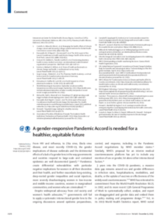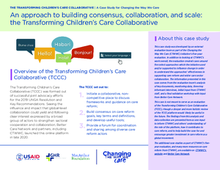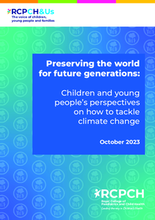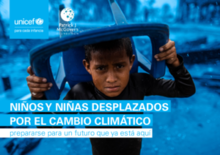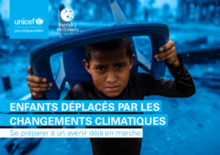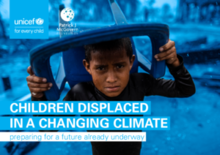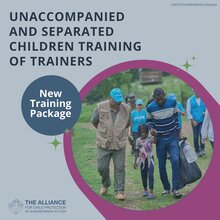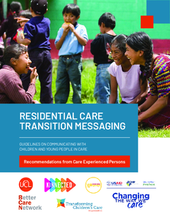Displaying 411 - 420 of 4400
Toll likely to worsen as floods, storms, droughts and wildfires intensify due to climate crisis, according to UNICEF and IDMC study.
This comment in the October 2023 issue of The Lancet discusses gender equity in health care and how improving access to sexual and reproductive health services can lead to a considerable reduction in maternal mortality rates. Other reports emphasise how collecting and analysing sex-disaggregated and gender data can help identify disparities in access to education, health care, and other services that are crucial for overall development.
This case study, developed as part of the five-year evaluation of the Changing the Way We Care (CTWWC) initiative, examines one of five approaches used to advance care reform and collaboration within the care sector. Drawing on document analysis, interviews, and stakeholder input, it offers insights into the Transforming Children’s Care Collaborative’s role in promoting care reform and informing future investment in the global care movement.
This literature review captures the perceptions and priorities of children and young people globally on climate change and its impact on their physical and mental health. The report summarises the voices and perspectives of almost 100,000 CYP from across the world.
El informe analiza los peligros meteorológicos más comunes que provocan el mayor número de desplazamientos: inundaciones, tormentas, sequías e incendios forestales.
Ainsi, le présent rapport analyse les aléas météorologiques les plus courants à l’origine de la majeure partie des déplacements, à savoir les inondations, les tempêtes, les sécheresses et les feux incontrôlés.
‘Children displaced in a changing climate: Preparing for a future already underway’ analyses the most common weather-related hazards that lead to the largest number of displacements: floods, storms, droughts and wildfires.
The Unaccompanied and Separated Children Training of Trainers (UASC TOT) course is designed to prepare participants to facilitate training on unaccompanied and separated children (UASC). This training reinforces participants’ understanding of the specific needs of UASC, highlight good practice in working with unaccompanied and separated children under a protection framework, and provide participants the opportunity to apply learning so they can roll out training on UASC within their own organisation and to other stakeholders.
The purpose of these guidelines is to support practitioners to develop messaging for children and young people that clearly communicates the intention to transition and the implications for children and young people in care. The guidelines seek to address challenges so that children and young people can fully understand the implications of transition and be granted opportunities to genuinely and appropriately participate in making decisions about their lives.
This international survey is open to anyone interested in identifying the benefits and challenges of co-design, co-production and care experienced peer support in research, policy and social services practice and/or the establishment of and supports for lived experience workers.

